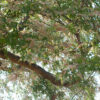9 Essential Questions to Ask an Arborist Before Hiring

Hiring an arborist can be a daunting task, especially when your trees mean the world to you. This guide aims to simplify the process by outlining the key questions you should ask a potential arborist near you. These questions help to determine if the arborist is knowledgeable, skilled, and reliable.
1. Certification & Credentials
An arborist’s certification is crucial as it guarantees their knowledge and expertise in arboriculture. Make sure to ask about their credentials and whether they are associated with any professional organizations like the International Society of Arboriculture (ISA). Membership in such organizations indicates a commitment to continuing education and staying updated with the latest arboricultural techniques and standards.
It’s important to verify the validity of their certification as well. You can often do this by contacting the certifying body to ensure your arborist’s credentials are current. This step might seem extra, but knowing your arborist is officially recognized establishes trust and reliability.
2. Knowledge of Local Tree Species and Soil Types
Local knowledge is invaluable. An arborist familiar with the specific types of trees prevalent in your area, such as live oaks or hackberry, can offer more effective care tailored to your landscape. They understand local tree diseases and pests, climate conditions, and soil types, which can significantly impact your trees’ health.
Local based companies can provide reliable regional information and service.
3. Types of Tree Services Offered
Does the arborist offer a wide array of services such as pruning, removal, and emergency tree care? The more comprehensive their offerings, the better suited they are to meet all your tree care needs. Versatile services are a sign that the company is well-equipped to handle unexpected situations like storm damage or disease outbreaks.
Keep a lookout for specialized services like cabling and bracing, which could be crucial in preserving valuable trees. Broad services not only give you more options but also reassure you of their expertise across a range of tree care scenarios. This variety in services is part of what makes choosing a local arborist more advantageous.
4. Adherence to ANSI Guidelines
Safety is a top priority when it comes to tree services. You’ll want to know the arborist’s safety record and the measures they employ to prevent accidents on site. Inquire about their use of personal protective equipment (PPE) and machinery maintenance routines.
Moreover, do they have a safety training program in place for their team? An arborist committed to safety will ensure their employees are well-trained and up-to-date with industry-best practices. This not only safeguards their team but also protects your property from potential collateral damage during tree care operations.
5. Insurance Coverage
Ensure the arborist is insured. This protects you against any liability in the case of accidents or damages. Request to see proof of insurance to confirm their legitimacy. Valid insurance not only covers potential damages to your property but also covers worker compensation should any injuries occur on your premises.
Accidents, while rare, can occur during tree maintenance jobs. Knowing that the arborist is adequately insured provides peace of mind and ensures that, in the unlikely event of an incident, you are not left facing unexpected expenses or legal battles.
6. References and Testimonials
Past client experiences can offer valuable insights into the arborist’s reliability and quality of work. Check online testimonials to gauge customer satisfaction. An arborist with a strong track record will have no trouble providing references or pointing you to customer reviews.
Positive word-of-mouth and consistent satisfaction in testimonials can be solid indicators of quality service.
7. Clear Pricing Structure
Discuss the pricing structure and ensure it’s transparent. Beware of unusually low quotes that might suggest shortcuts or hidden costs. Getting detailed estimates beforehand is advisable. Transparency in pricing helps avoid misunderstandings and ensures both parties are aware of the exact scope of work.
An experienced arborist will provide a detailed breakdown of costs involved, including labor, equipment, and any additional charges for special services or unforeseen challenges. Feel free to compare quotes from different arborists, but remember, the cheapest option isn’t always the best when it comes to quality tree care.
8. Cleanup and Debris Policy
Post-service cleanup can often be overlooked. Make sure to ask if cleanup is included in their service so that your yard is left tidy and the work area is safe. Understanding their policy on debris removal helps ensure they leave your property as neat as they found it.
A professional arborist will likely offer to dispose of or recycle wood and foliage waste, turning old branches into mulch or wood chips, which can be used in your garden as an eco-friendly option. Confirm these details ahead of time to avoid unexpected surprises post-service.
9. Customer Service and Communication
Effective communication is key to a successful working relationship. Notice how they address your inquiries and the clarity of their responses. A responsive and communicative arborist will ensure your concerns are consistently addressed, fostering trust and satisfaction.
Pay attention to their willingness to provide information and insights about tree maintenance or potential issues. Good customer service is characterized by a proactive approach, where the arborist keeps you informed about the process and offers recommendations for maintaining your trees’ health over time.
Paul Douglass, ISA Certified Arborist® TX-5109A, has humor, also a knowledgable local arborist.

At Texas Tree Surgeons we love trees. We are proud to employ ISA Certified Arborists and Board Certified Master Arborists holding both Tree Risk Assessment and Texas Oak Wilt Qualifications. Our arborists are committed to continuing education and growing in the knowledge and practice of their profession. Our full-service tree care team includes experienced crews who train under an ISA Board Certified Master Arborist, Texas Department of Agriculture Licensed Applicators who apply our plant health care products, and a diverse support staff who handle all aspects of our locally-owned and family-run business. We are always happy to answer your questions about how we work and what we do. To learn more about our services, training, and experience, browse our website or get in touch!
Arborist Services
View Photos of our Arborists Providing Different Types of Consultation

CONSTRUCTION PROTECTION
Construction is the most common cause of tree death in urban environments. Under the supervision of a Certified Arborist in the planning phase of construction can help assess the potential impact to your trees and suggest modifications in plans when possible. One helpful action is to erect barriers as far from the base of the trunk as possible, or a minimum of the drip line.

DIAGNOSING COMPACTION
Our ISA Certified Arborists can assess your property for tree care issues including compaction and recommend a course of action to remedy the issues. Diagnosing compaction involves an understanding of local soil types, property information related to activities affecting the soils, as well as a thorough knowledge of tree types and common issues.

FERTILIZATION
Our Tree Health Care Programs are designed to deliver the right nutrients at the right times throughout the year. We use the highest quality soil conditioners and fertilizers that are delivered at critical points throughout the seasons to optimize the growth and health of trees.

INSPECTING FOR POSSIBLE DECAY
Sometimes issues with a tree aren't clearly visible on the outside so an arborist will need to inspect the interior. An arborist does this by probing with a small knife to see how extensive the decay in a region of a tree is. Arborists are able to use this information along with other signs to determine if there are potential structural issues or possible increased chances for failure.

MEASURING DBH
The best way to approximate the size of a tree is to measure their dbh, (diameter, breast, height). This enables our arborists to estimate the amount needed for Tree Health Care products or pricing for Tree Removal.
Related Blogs
Similar blogs related to this topic
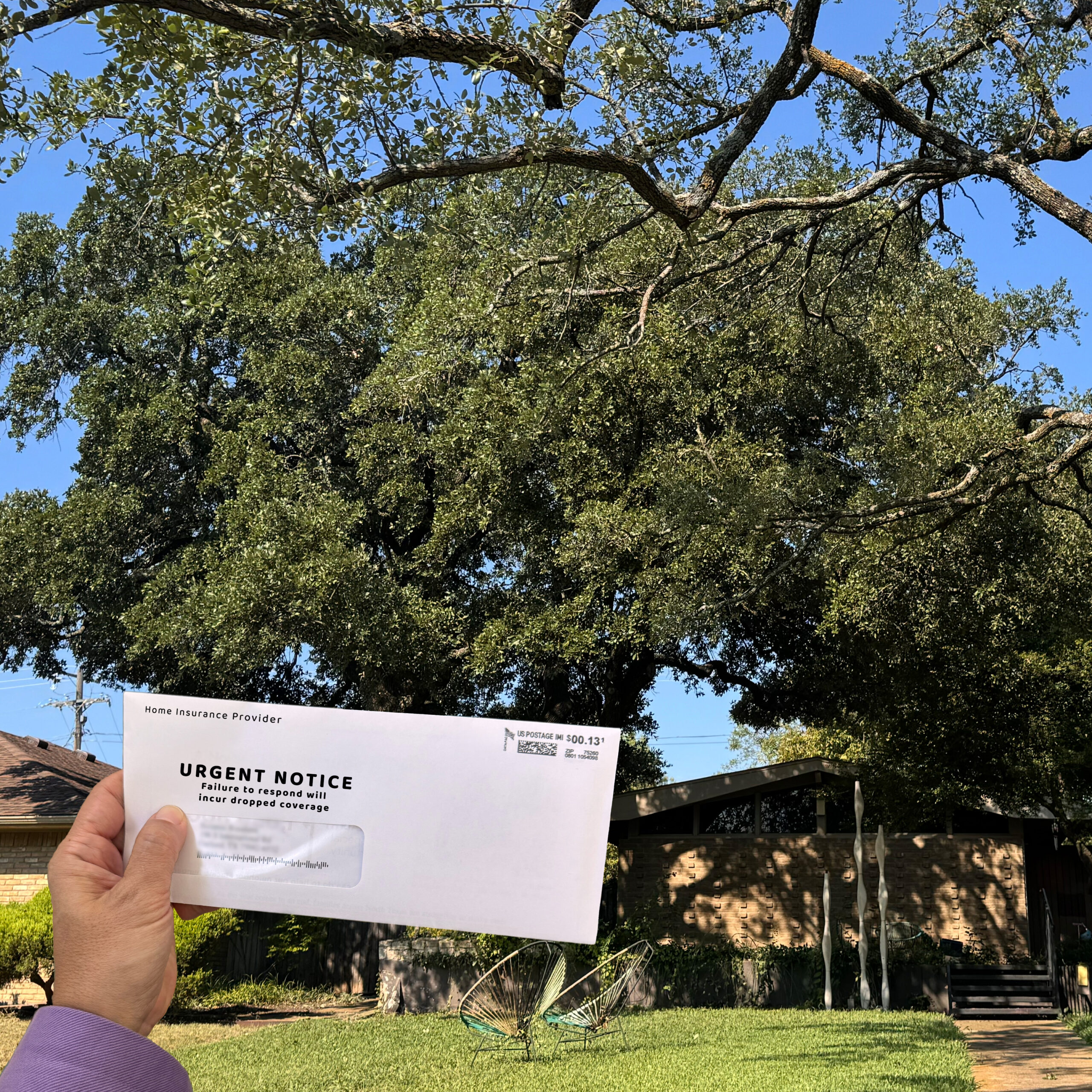
Facts About Home Insurance & Trees
It’s becoming way too common, especially in Texas, homeowners receiving a threatening letter from their insurance company to drastically remove all tree limbs over a structure to prevent them from falling onto the house. Don’t…
Read more
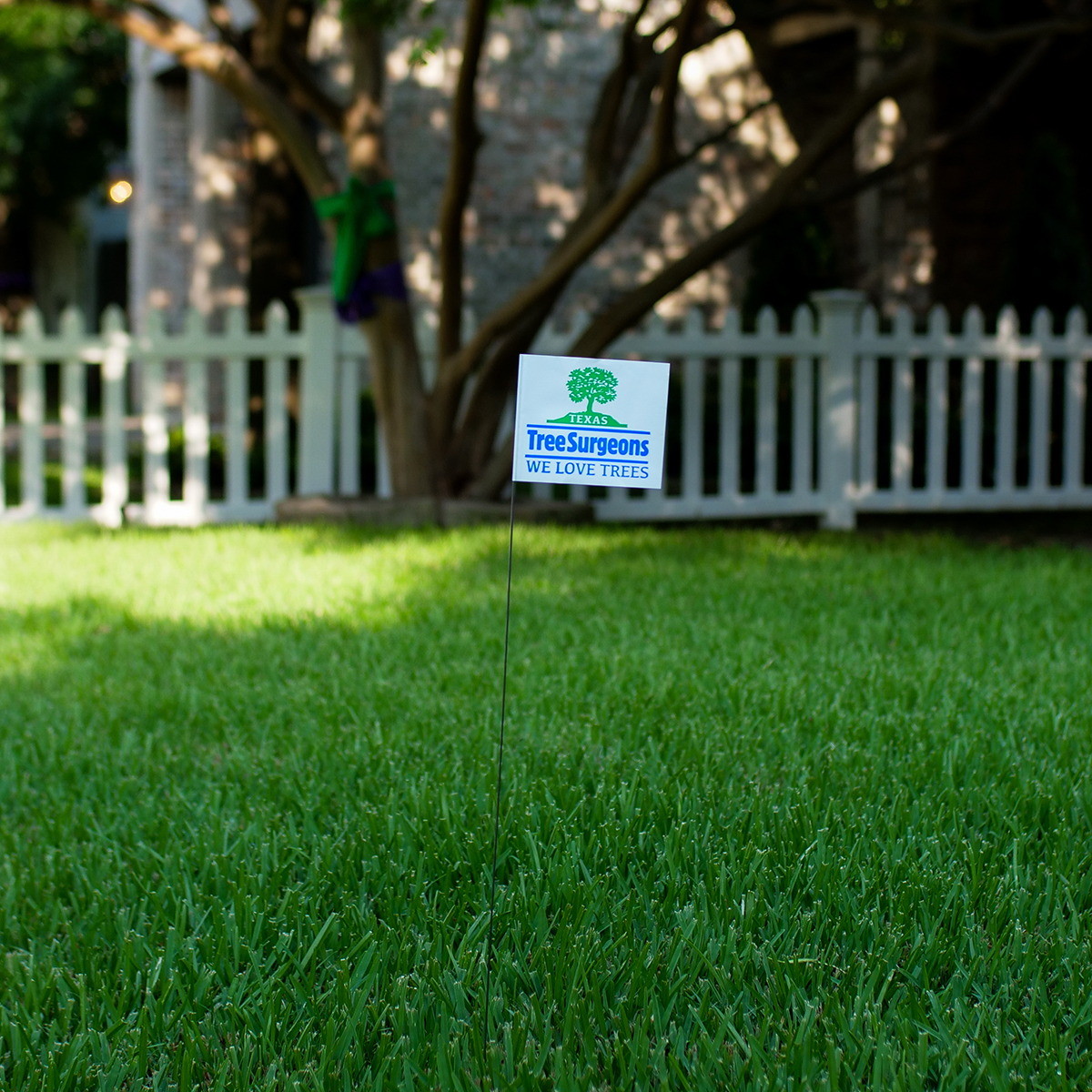
Avoid These Tree Care Mistakes for a Healthy Landscape
Below is a list of overlooked mistakes that could jeopardize the health of your trees. From missteps in pruning to incorrect watering practices, discover how to give your trees the care they deserve. Red oak…
Read more
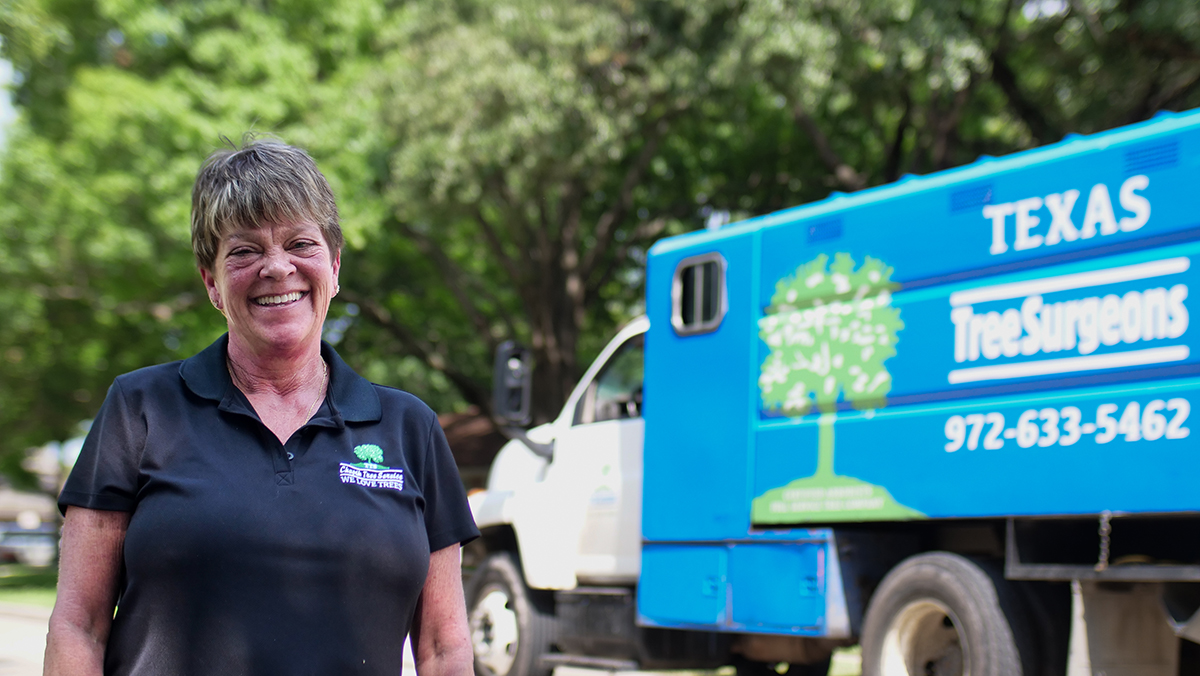
10 Tips from Your Local Arborist to Enhance Your Tree’s Health
Trees are an integral part of our environment, providing shade, beauty, and clean air. As living organisms, they require care and attention to thrive. Who better to offer advice than your local arborist? Here are…
Read more